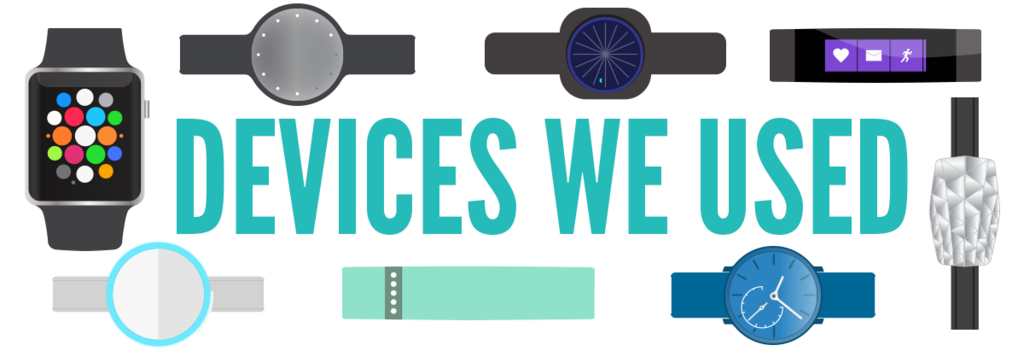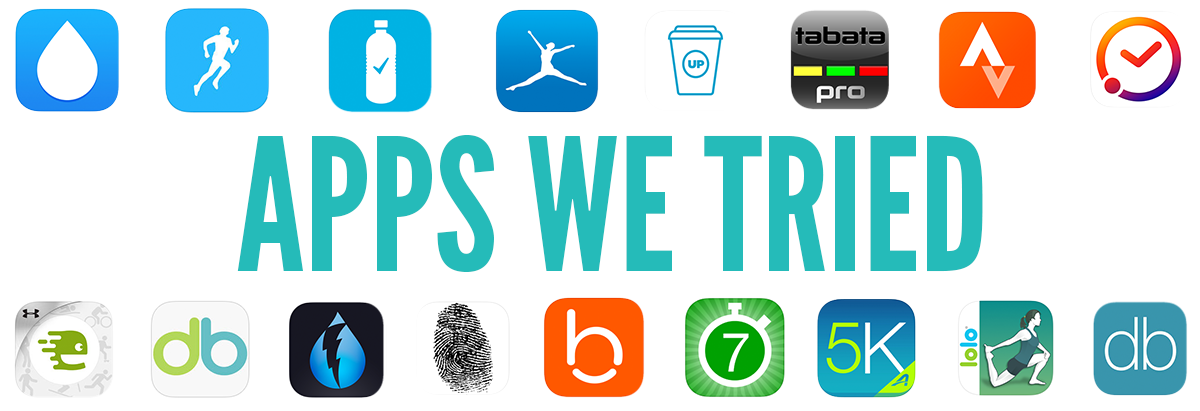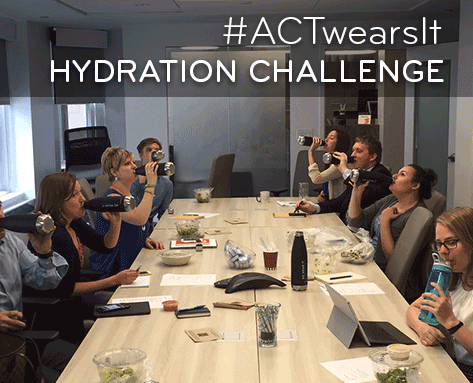Millions of steps taken,
calories counted, workouts tracked, and stairs conquered with 23 devices, 50 apps, 14 staff challenges… and one trip to a trampoline park.
What did we learn?
There is diversity in devices—find the one that works for you. Each wearable is different, meaning there’s a device that works for each individual’s needs and lifestyle. Just about all of the activity trackers count steps (if you’re interested in HOW, check out Dan’s post on accelerometry), but deals with non-steps activity differently. Some have heart rate monitors, GPS, and/or automatically detect when a user engages in an activity other than walking. Many have ways to log exercise manually, and the choices differ from device to device. If you take classes at a gym, or do popular exercise programs at-home, and want a full picture of your day’s activity, learn how different wearables track that activity. Or if you want to track improvement over time, wearables and apps can help with that too. (Our Wearable of the Week posts should help!)
You need a frame of reference for personally generated health data. The ability to count calories, provide nutrition data, or track water consumption is great, but it’s meaningless unless you know what your calorie intake/burn or water consumption should be. Luckily, we had two interns—one a future doctor with a biochemistry degree, and the other an endurance triathlete—who know a lot about that stuff. Through their work, we used professionally-recommended calculators to figure out daily water consumption, calorie intake and burn, Base Metabolic Rate, and other data, and used those for our staff challenges. But most people don’t get that information before putting on a wearable. Talk to someone who can help before you dive into your data!
Cooperation is key! We’d all read about studies showing that people who socialize their exercise or fitness goals are more successful. Join a Facebook group, post results on Twitter, compete via an app, or have friendly competitions with coworkers – we tried all of it, and are anecdotal proof that the studies are right. If we were sharing stats and trying to beat someone, that’s when everyone was best meeting their goals—and it was fun! We also discovered who among us is the most competitive (AHEM, Whitley).
We can’t wait for the next step. Each week, we’d look at our personal data and start thinking about what potential these devices hold if some of the barriers are taken down. Sharing information with doctors, getting immediate feedback, caring for older relatives, providing better care for chronic illnesses, educating caregivers, and improving quality of life. The future is so bright.


Associated with Devices:
Third Party Apps:
The Challenges
Our staff participated in 14 different challenges, allowing us to put all of these apps and wearables to the test. Some of the challenges included stair counting, healthy snacking, steps competitions, and of course keeping hydrated….
One Last Thing
If you’ve been following along at home, we’re sure you want to know: did we make our million step goal in the final week? The unsatisfying answer is… Probably. We tracked 975,755 steps, but one person—who surely makes up the difference—wasn’t wearing a device, so we can’t verify those steps and honestly say we made it. But we’re sure we did, and feel pretty darn good about it.

